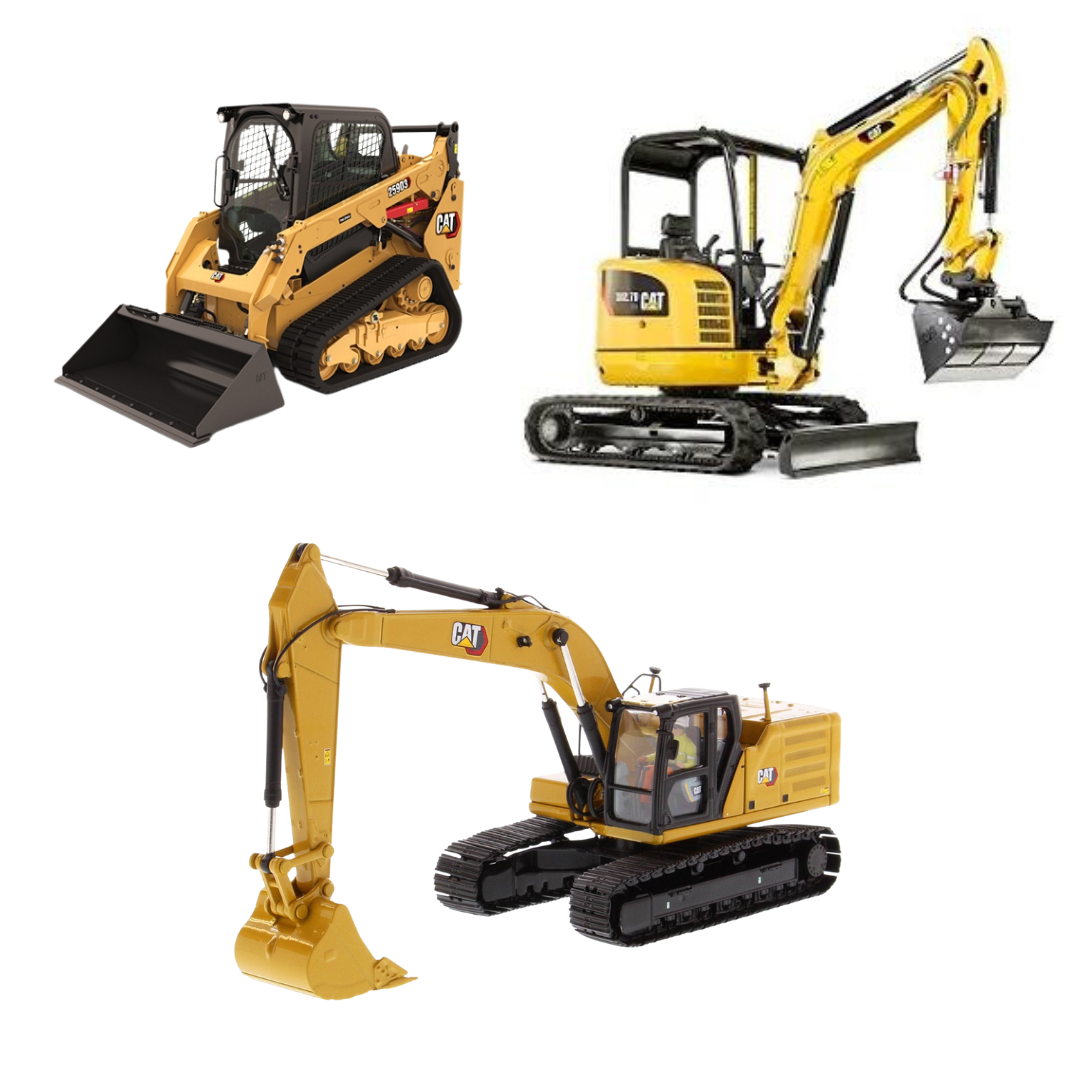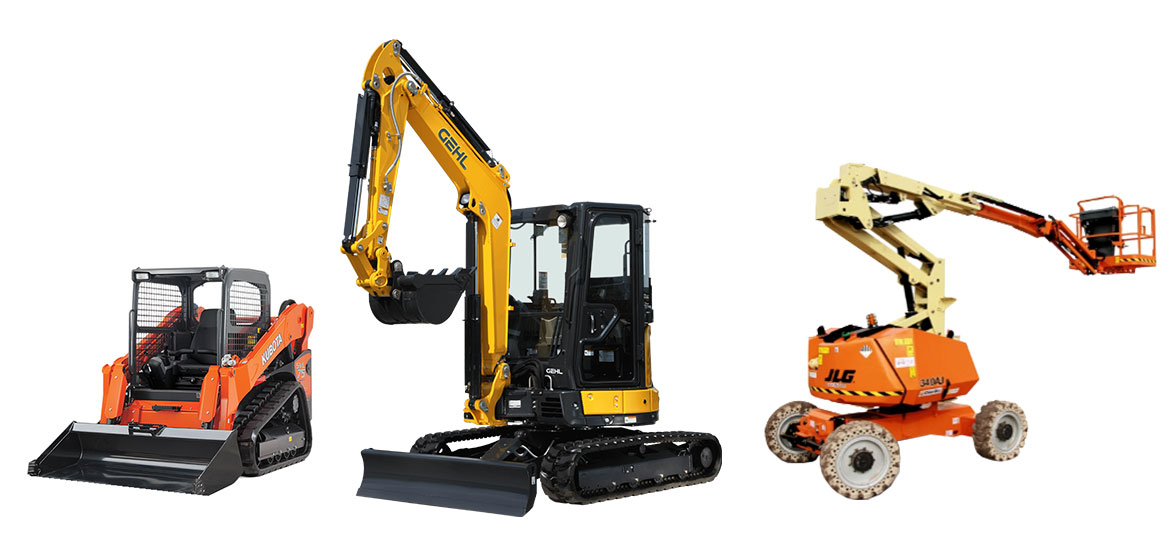Optimize Your Budget Plan by Understanding the Prices Related To Building Equipment Services
Comprehending the full scope of prices related to construction tools rentals is crucial for maximizing your budget. While the preliminary rental fee might seem straightforward, many additional expenditures-- such as transportation, gas additional charges, and maintenance-- can quickly collect, impacting your monetary planning. Moreover, being mindful of different costs and the complexities of rental arrangements can help avoid unforeseen financial problems. What methods can be employed to successfully take care of these costs and guarantee an extra efficient rental experience?
Review of Rental Expenses
When considering building equipment rentals, understanding the associated expenses is critical for efficient budgeting and task preparation. Rental expenses can differ substantially based on numerous elements, consisting of equipment type, period of service, and place. The first rental fee commonly reflects the devices's market need and its connected functional capabilities, influencing the total expenditure.
Along with the base rental price, secondary costs may develop, such as transport costs, gas surcharges, and maintenance fees. It is vital to account for these extra costs to properly assess the overall expense of renting out tools. Additionally, the rental duration can influence rates; longer rentals may get discounted rates, while short-term leasings may sustain greater daily fees.

Breakdown of Rental Rates
A comprehensive understanding of rental prices is crucial for service providers and project managers aiming to maximize their budget plans. Rental rates for construction equipment generally include numerous parts, including base rates, time-based costs, and use charges.
Base rates are the core costs related to the rental of the tools, commonly identified by the type and dimension of the machinery. These rates can differ dramatically, affected by elements such as equipment need, availability, and local market patterns. Time-based fees, which may be daily, weekly, or monthly, offer to accommodate various project timelines and rental periods.
Furthermore, rental rates might include use fees, which are applicable when equipment is used beyond a defined limit, making sure that the rental company can account for deterioration. Seasonal need fluctuations can additionally impact rental rates, with peak construction periods normally regulating higher rates.
Furthermore, recognizing the rental company's plans regarding upkeep and insurance can supply more insight right into the total cost framework. By analyzing these elements, service providers can make educated choices, making sure the selection of rental equipment lines up with both task requirements and budget plan restraints.
Added Costs to Consider
Understanding the intricacies of additional costs is essential for professionals to manage their general leasing costs efficiently. Beyond the typical rental rates, various additional charges can considerably affect the overall expense of devices rental. These fees often consist of delivery and pick-up fees, which can differ based on distance and logistics included in moving the tools to and from the task site.
Furthermore, some rental companies might impose fuel surcharges if the tools is returned with much less fuel than when rented. It is likewise necessary to understand prospective cleaning costs, especially for specialized devices that needs comprehensive maintenance after usage.

Thoroughly assessing the rental contract and making clear these extra costs in advance can aid specialists avoid unanticipated prices and make sure that budgets stay undamaged throughout the job lifecycle.
Upkeep and Repair Work Expenditures
Regular repair and maintenance expenses are usually neglected variables that can substantially affect the overall expense of building devices rentals. When leasing equipment, it is crucial to take into consideration not only the rental charges yet also the prospective expenses linked with maintaining the machinery in ideal operating problem.
Many rental business include standard maintenance as part of the rental arrangement; however, a lot more unanticipated breakdowns or comprehensive repair services can lead to additional costs. It's vital to review the rental contract carefully to understand what maintenance services are covered and what obligations drop on the tenant.
Moreover, tools that is not properly maintained can bring about inefficiencies on the work website, potentially creating delays and boosting project prices. To minimize these dangers, it is advisable to carry out routine assessments and preserve open communication with the rental supplier pertaining to any type of issues that occur during use.
Insurance Policy and Responsibility Expenses
Insurance and responsibility expenses are essential components that can substantially affect the general cost of building and construction equipment rentals (boom lift rental). These costs website link guarantee that both the rental company and the customer are shielded from potential monetary losses occurring from accidents, damages, or theft throughout the rental duration

Additionally, clients need to know any kind of deductibles or exemptions in the insurance coverage, as these can affect possible out-of-pocket costs. Understanding the useful reference conditions of any kind of insurance protection is vital to prevent unforeseen expenses. Ultimately, budgeting for insurance coverage and obligation expenses can aid ensure a smoother rental experience and secure versus financial dangers related to building and construction tasks.
Conclusion
In verdict, a comprehensive understanding of the prices connected with building tools leasings is crucial for effective budget plan monitoring. Ultimately, informed decision-making regarding tools leasings adds to the overall success of construction endeavors.
Rental expenses can vary significantly based on a number of variables, including tools type, period of rental, and location (scissor lift rental). The rental duration can impact prices; longer services might qualify for affordable prices, while temporary rentals may incur higher everyday costs
By carrying out comprehensive research and engaging with reliable rental companies, service providers can efficiently navigate the complexities of rental prices, ultimately maximizing their financial sources.
Past the conventional rental prices, numerous supplemental costs can substantially influence the total expense of equipment service. Rental companies commonly give responsibility insurance that covers injuries to 3rd events or this website damages to building, while equipment damage insurance coverage can cover the price of repairs or replacement if the rented devices is harmed.